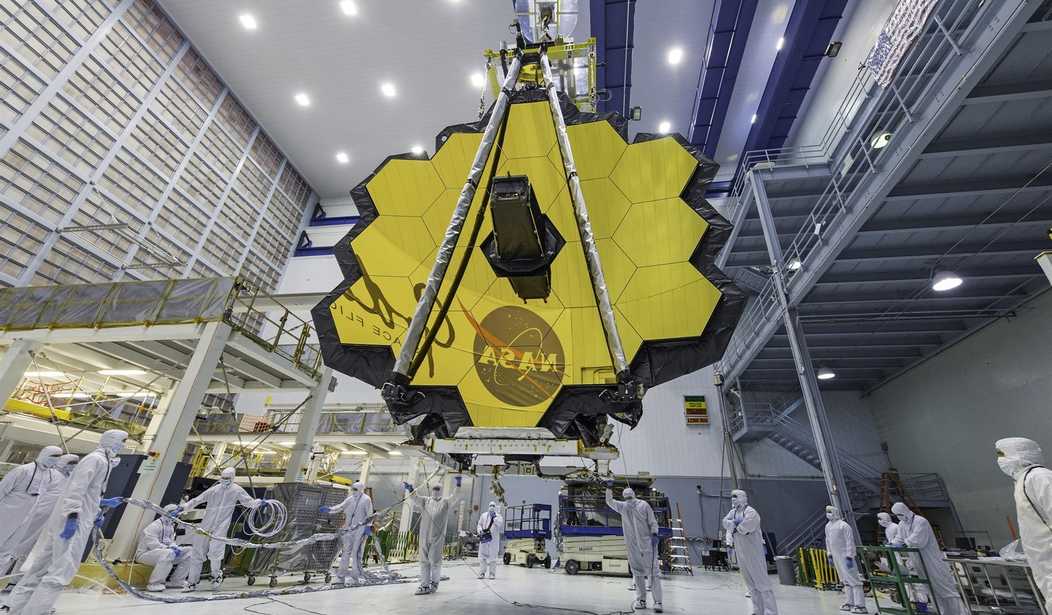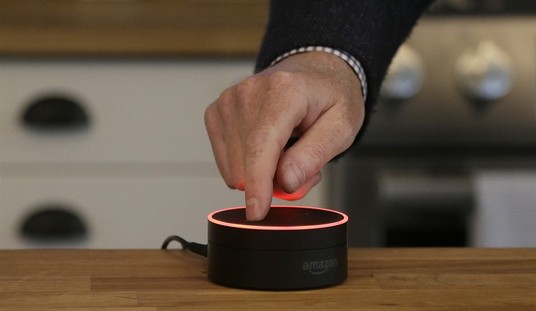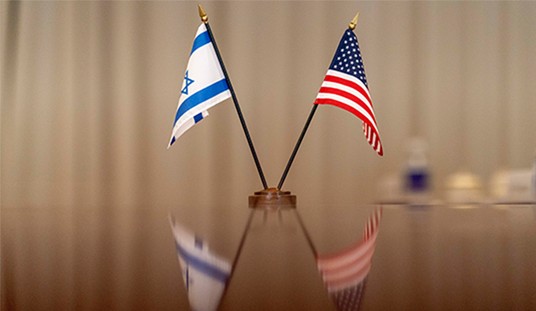The James Webb Space Telescope, a joint effort of NASA, the European Space Agency, and the Canadian Space Agency, took off from Kourou, French Guiana on Christmas Day on a mission almost as ambitious in its scope as the landing on the Moon.
The JWST will be able to do magical things like peer through the clouded atmospheres of distant exoplanets and glimpse the light from stars that will be among the oldest celestial bodies ever observed in the universe.
The space telescope was conceived in 2002 as a companion observatory for the Hubble Space Telescope. It was planned to cost between $1 billion and $3.5 billion and launch in 2010.
But the extraordinary complexity of the mission led to delay after delay and budget overruns totaling almost three times its original cost. Engineers had to invent 10 new technologies along the way to make the telescope far more sensitive than its predecessor, Hubble. It will need that extra sensitivity to accomplish nothing less than trying to glimpse some of the earliest light in the universe.
The telescope, named for the NASA administrator who led the space agency through the early years of the Apollo program, is designed to see farther in space and further back in time than the vaunted Hubble Space Telescope. Its primary light gathering mirror is 21 feet across, about three times bigger than Hubble, and seven times more sensitive.
The Webb’s mission is to seek out the earliest, most distant stars and galaxies, which appeared 13.7 billion years ago, burning their way out of a fog leftover from the Big Bang (which occurred 13.8 billion years ago).
The JWST has a very long way to go before first light. First, it must travel to a Lagrange Point about a million miles from earth. NASA describes a Lagrange Point as “a wonderful accident of gravity and orbital mechanics, and the perfect place to park the Webb telescope in space.” The L2 (or second Lagrange point) position for the JWST will allow the telescope’s extraordinarily sensitive mirror to maintain the perfect position for optimum viewing.
Once the telescope arrives at its parking place, further testing will be needed to make sure all the instruments are perfectly calibrated. And then, the scientific world will hold its breath waiting for the first observations.
The period between the launch and the point when the JWST becomes operational has been dubbed by NASA as “344 single points of failure.”
Equipped with detectors sensitive to infrared or “heat radiation,” the telescope will paint the universe in colors no human eye has ever seen. The expansion of the universe shifts the visible light from the earliest, most distant galaxies into the longer infrared wavelengths.
Studying the heat from these infant galaxies, astronomers say, could provide important clues to when and how the supermassive black holes that squat in the centers of galaxies form. Closer to home in the present, the telescope will sniff at the atmospheres of planets orbiting nearby stars, looking for the infrared signatures of elements and molecules associated with life, like oxygen and water.
“It is a shining example of what we can accomplish when we dream big,” said NASA administrator Bill Nelson. After the launch, he said, “It’s a great day for planet Earth.”
America can certainly “dream big.” That’s never really been the problem. The sticking point has always been the gargantuan cost of going into space to do anything.
No consumer products will result from anything discovered by the JWST. There will be no medical cures, no practical benefits whatsoever from spending $10 billion to send an extraordinary piece of technology into space to perhaps solve some of the riddles of how the universe came to be and where we come from.
But as an expression of faith in our humanity and our desire to know “God’s thoughts,” as Einstein put it when he was a young man, it’s well worth it.










